Plants are amazing. They look beautiful. They purify your environment of certain toxins, you can grow them in small spaces, and I find it mind-blowing that I can put a seed in the ground and watch something grow.
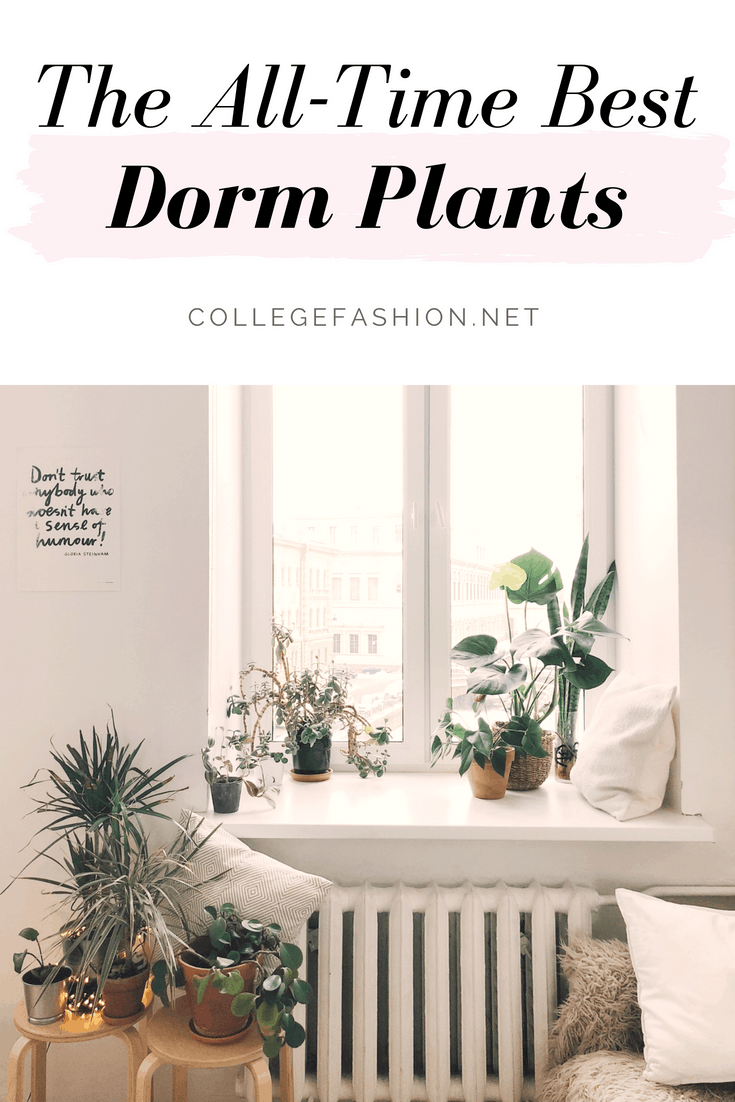
Plants like herbs or vegetables look interesting, and you can cook with them, while plants like lavender create a beautiful natural scent in your home. Plants promote healing in hospitals and have even been said to improve mood and lower the risk of some illnesses.
So all that being said, plants are a pretty awesome thing to bring to school (they’re on our college packing list for a reason).
Dorm rooms can be pretty sterile, and many people have lived in the room before you. Bringing your own little plant friends helps turn that room into a home. Even if you don’t have a green thumb — believe me, I spent most of the spring semester trying not to kill my high-maintenance plant, so I know the feeling — many plants only need minimal effort.
Here’s a little guide to the most important things to know about plant care and a list of the best dorm plants.
Table of Contents
Quick Tips: Things to Know About Caring for Plants
1. Consider their environment
Your room has a specific environment that is best suited for certain plants. Picking plants that work within your environment will make it easier for them to flourish without a lot of aid and is much less work for you in the long run.
A great example is this; my roommate had an orchid that died fairly quickly after coming to school. It wasn’t warm or humid enough in Seattle for that particular plant to live. That doesn’t doom all Seattleites to an orchid-less existence, but it does mean more work for you if you choose to buy that particular plant breed.
Similarly, humidity — which comes in high, low, and medium — along with air quality (which improves with plants, FYI) and the temperature of your new home are just as important for you as they are for your green friends.
Do you like it cold? Then picking plants that need steady warmth might not be the best. Also, dry air like we have in Seattle (or the Northeast in winter, when the heat is blasting) doesn’t mesh well with plants that originate from wet climates. Think about these things when choosing your plants.
2. Know what kind of light they need
Plants generally fall into three categories “direct sunlight,” “indirect sunlight,” and “shadow.”
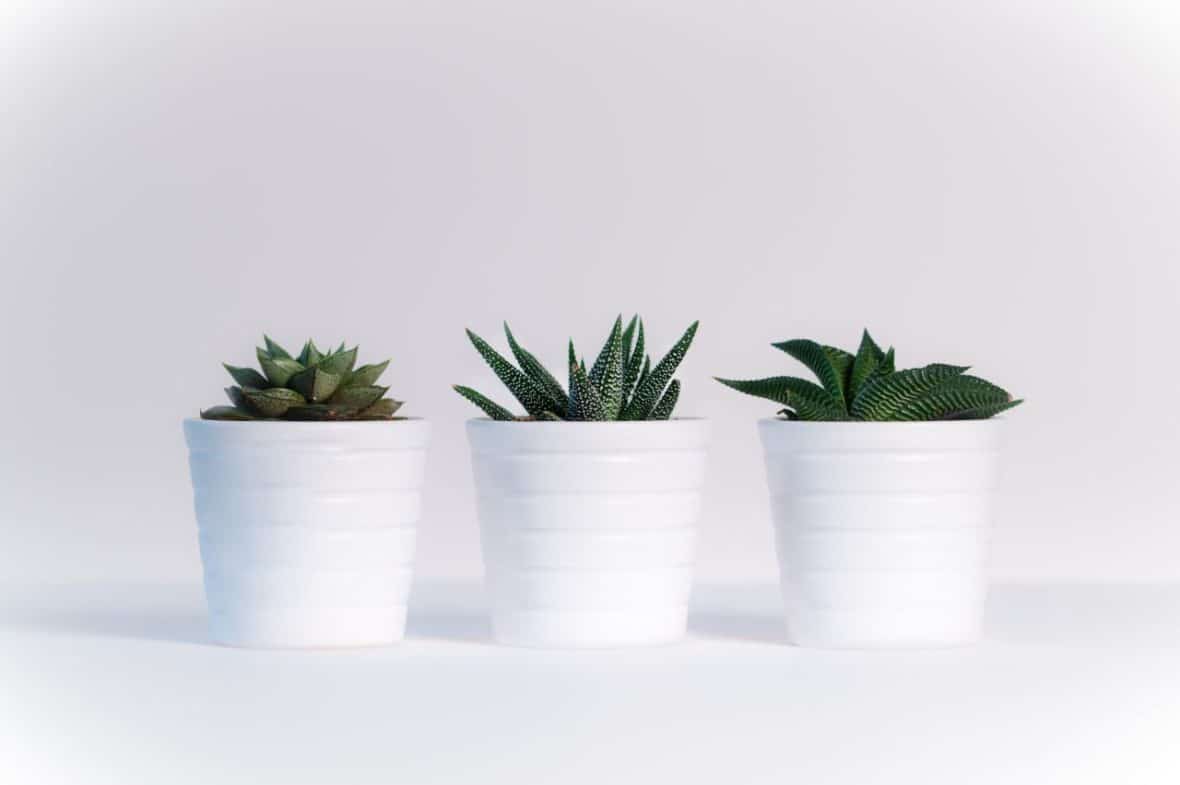
Direct means plants that do great on windowsills and by streams of light. They need lots of suns to help them grow and often lean in the direction of the sun.
Indirect plants can actually burn or droop in direct sunlight. They like the sun but prefer it a bit from afar, like on a bookshelf or desk that gets slightly less light. Indirect plants can place almost anywhere in a room.
Shadow plants are those that thrive in very little light. They grow well in the shade, which is awesome for those of you whose windows get a little sun.
3. Know what their water requirements are
Water is (obviously) super important for your plants, but knowing how much water each plant needs is vital to plant health. Most of my plants are fine if I only water them once a week, but one of mine needs water multiple times a week. Some plants turn yellow if they are over-watered or under-watered, so it can be good to err on the side of less water and then up the water intake if the plant is drooping.
Making sure your plant has drainage in its pot is also SUPER important. It helps to bring your plant over to a sink for watering so the water you put in can easily drain out the holes in the bottom. If you don’t have easy access to a sink, make sure to dispose of the water that drains out of your plant after watering. Having the plant sit in water can cause root rot which will kill your plant.
4. Understand repotting
The waiting game is the way to go when you buy a new plant. Plants need time, just like people, to adjust to their new environment. Repotting a plant too soon can cause it shock, and it might die or get sick.
You can always place the plant inside another planter if you don’t like the look of the plastic container many plants come in. If the plant has outgrown its container (you’ll see roots poking out the bottom or top of the soil), then it’s safe to report it. Try to size up a couple of sizes so it has room to grow. (Follow this tutorial for details.)
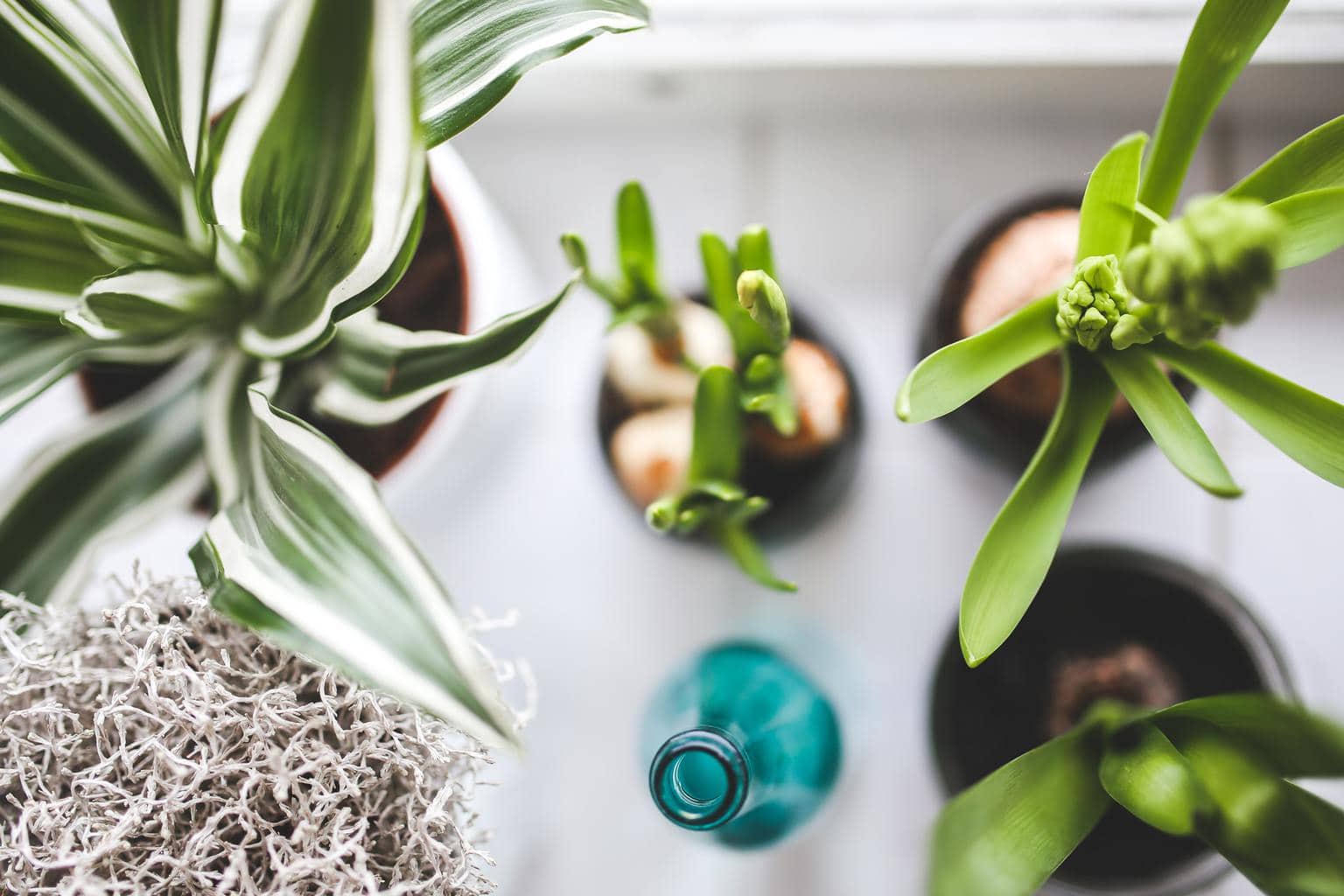
5. Consider plant health before purchasing
Not every plant is in the best health when you buy it, and knowing the signs of a dying plant can help you with the heartbreak that is buying a new friend, bringing it home, and having it die three days later.
Plants can be affected by a wide variety of things, including too small of a pot, fungi, pests, bad drainage, under or over water, etc. Proceed with caution if the plant has sagging/wilting leaves, spots on the leaves, brown or yellow leaves, or sagging/wrinkling/or shriveling of the plant as a whole.
6. Love your new friend!
It may sound silly, but all my plants have names! Naming your plants, to me at least, gives them character. (They are alive, after all! Why not name them?) Show them some attention regularly by wiping their leaves down, spritzing them with water, and trimming them of overgrowth or dead leaves. All these things (even the names) help your plants to live and thrive.
Related readings: 5 Ways to Liven Up Your Space with Plants
The Best Dorm Plants:
Now that you know how to care for your plants, let’s get into the best dorm plants around. Here’s a quick list of my favorites.
1. Aloe Vera
Aloe Vera is a plant that grows in a variety of climates. It’s a type of succulent, so it doesn’t need to be watered often. Wait until the soil dries out completely before watering again, and make sure to have it in bright and sunny conditions.
Some recommend that you gradually place your aloe plant in brighter and brighter light to prevent overexposure.
As a bonus, you can also use the leaves of your aloe plant if you get a sunburn or a heat burn, as aloe gel helps with wound healing!
2. Other Succulents
Succulents are college students and plant beginner favorites because they are so easy to care for! Succulents do vary in terms of which ones prefer direct or indirect light, so knowing which type you have is good, but many do enjoy direct sunlight.
They prefer less frequent watering but more when they do get water. Soaking the roots but then waiting until they dry out before watering is the best way to help these plants thrive.
3. Cacti
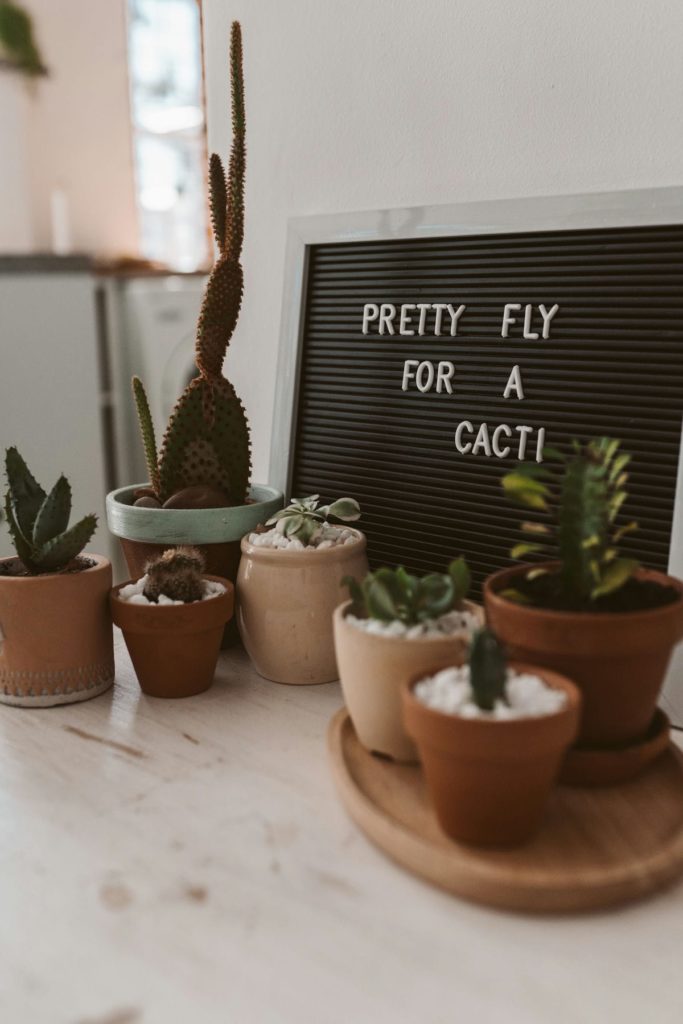
Similar to succulents, cacti are also very popular in colleges because they love direct sunlight and prefer to have minimal watering. Cacti prefer smaller pots and lots of drainage, and you should always wait for the topsoil to dry before watering again.
4. Bamboo
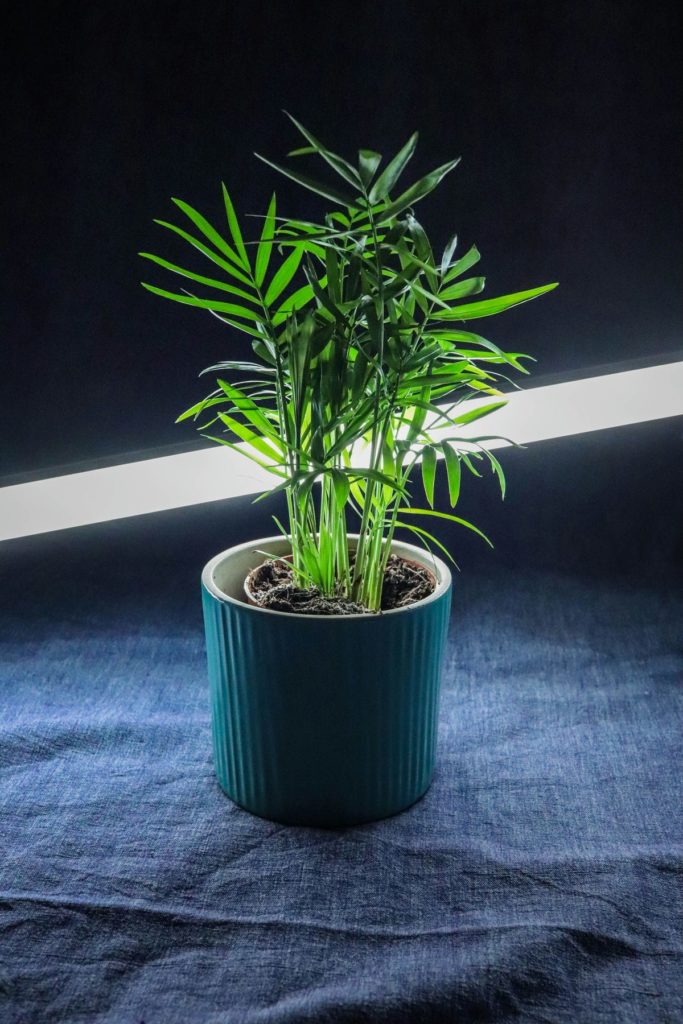
Bamboo is a plant that prefers moderate and indirect light. Bamboo is a good indoor plant, although it’s a tiny bit higher maintenance when it comes to water — it’s recommended that you water it with filtered water as tap water with chlorine or fluoride can cause the leaves to turn brown.
Bamboo shoots should have their roots covered with water, and many potted bamboo plants include rocks to put over the top of the soil. If the roots or stem are yellow, then it indicates the plant is sick, and you shouldn’t buy it.
5. Air Plants
Air plants are the easiest plants ever. Air plants are known for being easy to care for because they absorb water through their leaves, so they only need to be spritzed with water. Some must be spritzed once a week, or others can last up to two weeks in between spritzings.
Most air plants don’t do well in full sunlight, although bright indoor light can be ok. Ensure you also keep your air plants in a room with a steady temperature that never drops too low. Air plants are originally native to warmer climates, so if your room gets colder than 45 degrees, they can die. Otherwise, you should find them really simple to care for — plus, they’re so beautiful!
6. Snake Plants
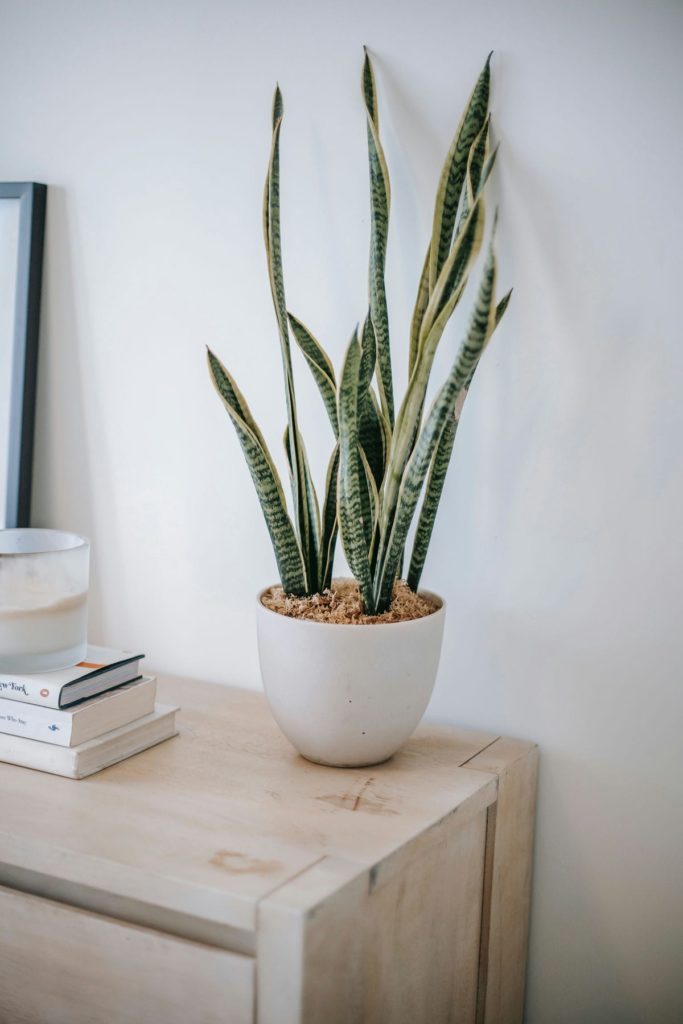
Snake plants are easy to grow, and like most plants, having free draining water is incredibly important for them. They prefer indirect sunlight and can actually be grown in very little light. They also prefer to dry out in between waterings (water around every 10-14 days). Wiping the leaves with a wet towel also helps them.
7. ZZ Plant (Zamioculcas zamiifolia)
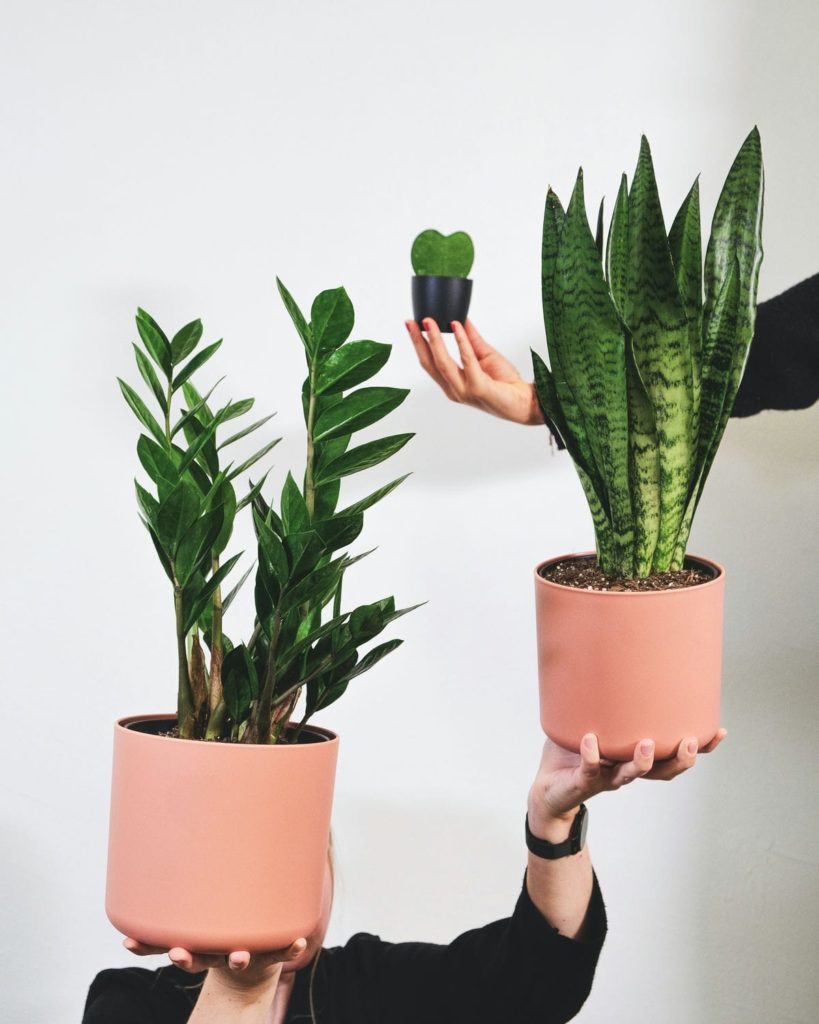
The ZZ plant is a great choice for a dorm room because it is very low maintenance and can tolerate a range of lighting conditions. Its glossy green leaves can add a nice touch of greenery to any space.
8. Heart Leaf Philodendron
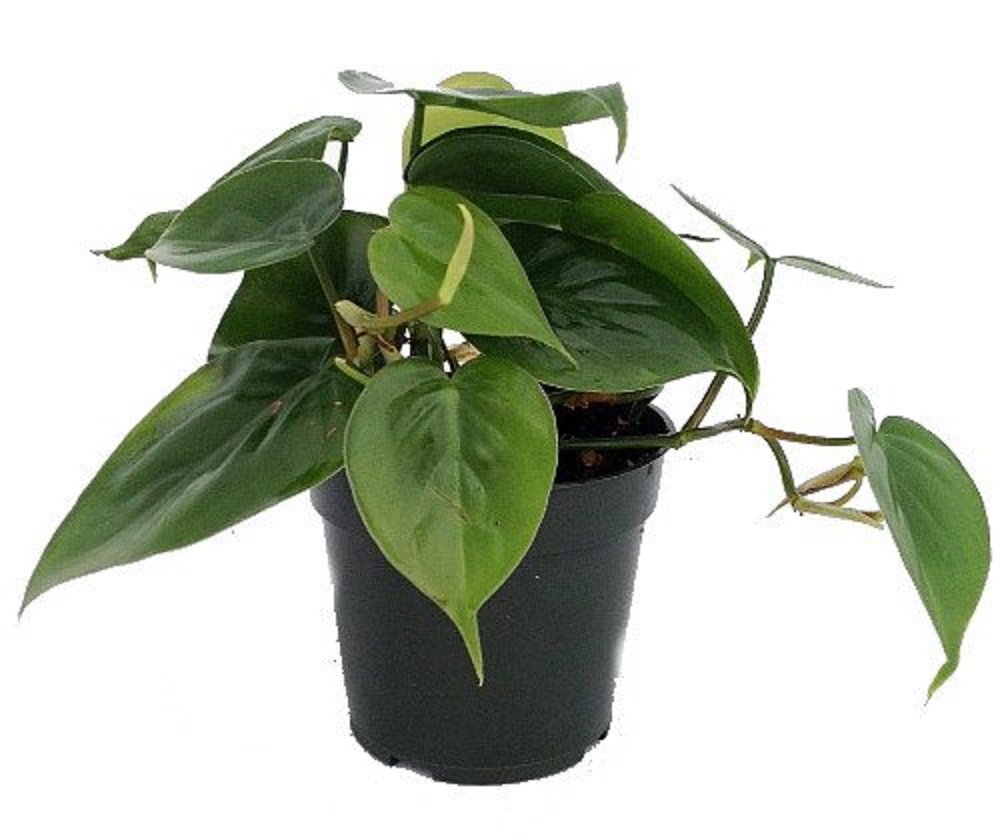
The Heart Leaf Philodendron is a classic houseplant that is easy to care for and has a trailing growth habit, which makes it a great choice for hanging baskets or placing on a shelf. It prefers moderate to low light and regular watering.
9. Money Tree (Pachira Aquatica)
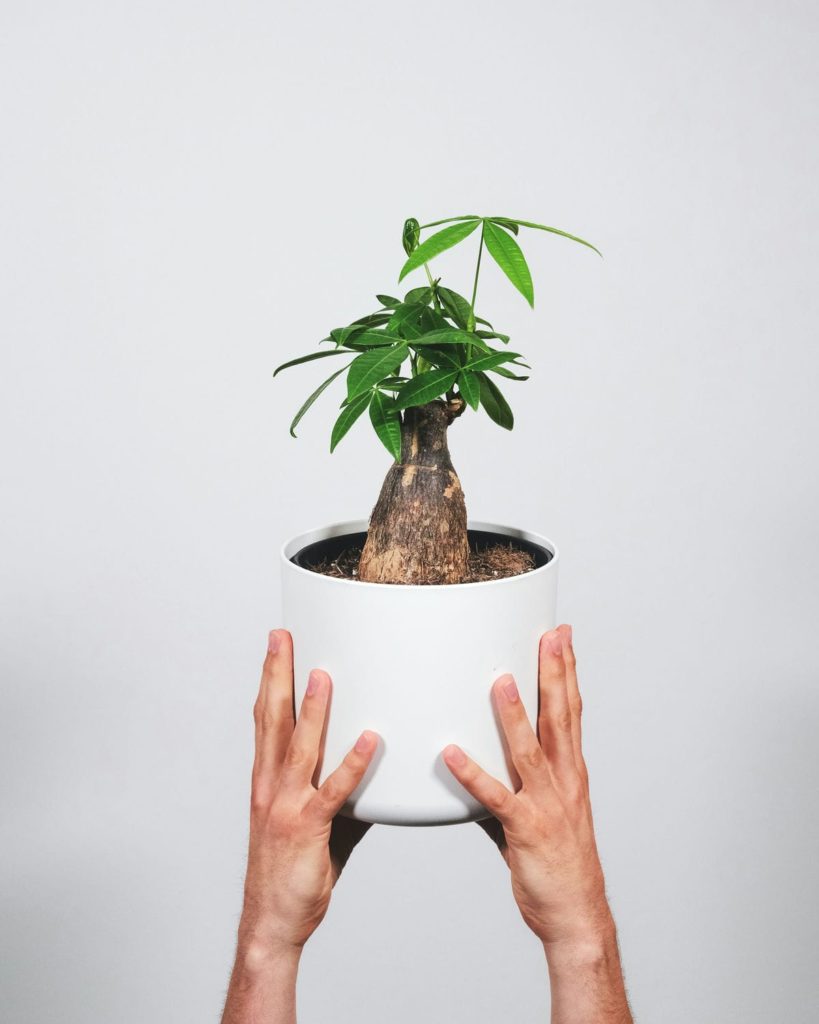
The Money Tree is believed to bring good luck and prosperity, which makes it a popular choice for dorm rooms. It is a low-maintenance plant that prefers bright, indirect light and regular watering.
10. Pothos (Epipremnum aureum)
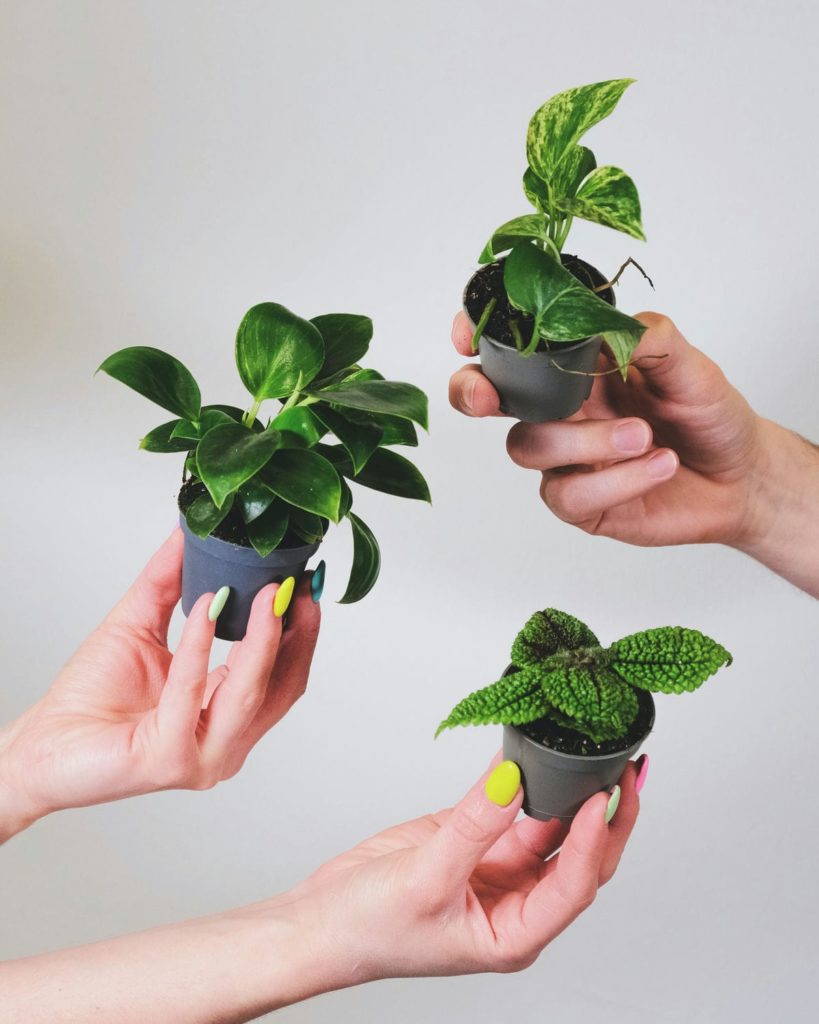
Pothos is a versatile and easy-to-grow plant that can thrive in a variety of lighting conditions. Its trailing vines can add a touch of greenery to shelves, desks, or hanging baskets. Pothos prefers moderate to low light and regular watering.
11. Peace Lily (Spathiphyllum Spp.)
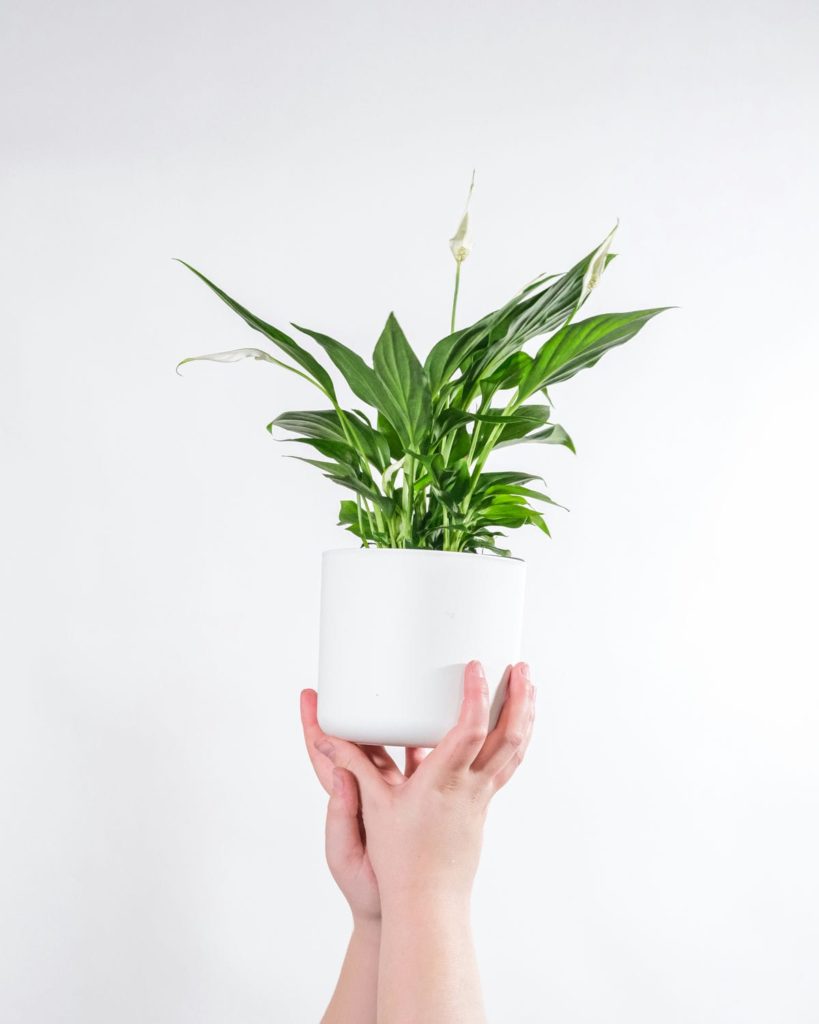
The Peace Lily is a beautiful and easy-to-care-for plant that has dark green leaves and white flowers. It prefers low to moderate light and regular watering. It can also help improve air quality by removing toxins from the air.
Cute Dorm Room Planters for Your New Friends
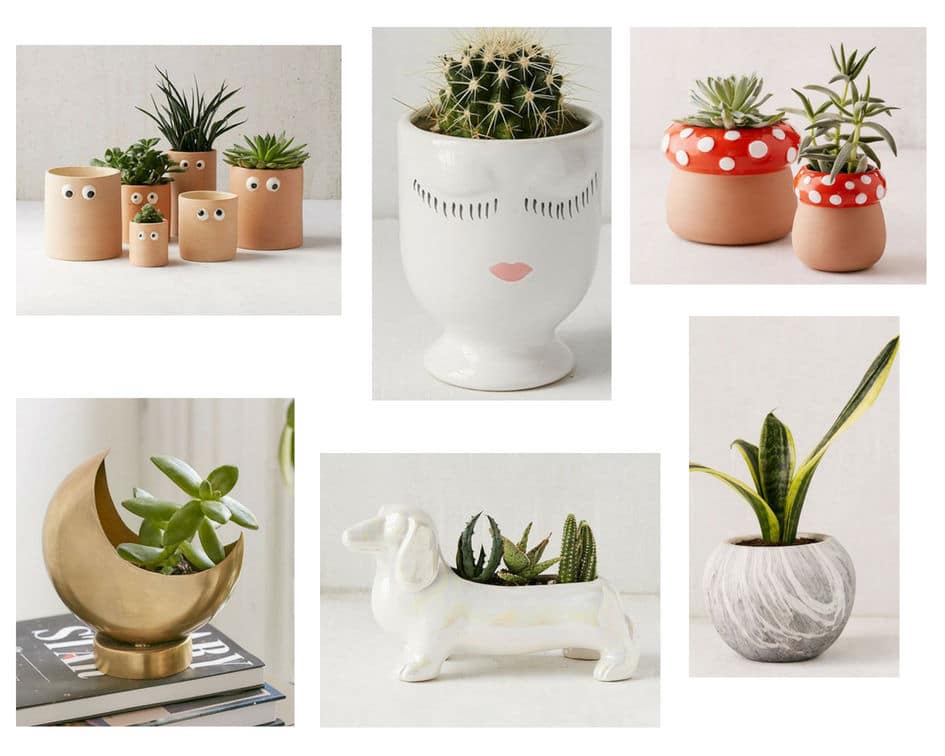
Finally, here are some planters for you to put your new thriving plants!
If you want a simple but quirky planter that makes you take a second look, this Googly Eyes planter or this Celfie planter will work well with any decor. For a classic and grown-up style, try the Half Moon planter or this gorgeous Marble Bowl style.
Finally, for a fun pop to any room, I love these cute mushroom planters with red and white polka dots, and for dog lovers, this adorable Dachshund planter screams cute.
What do you think?
Do you have plants in your dorm room? If so, what kinds of plants do you have? Have you learned anything about taking care of plants? Tell us your tips in the comments!
If you find our best dorm plants guide helpful, you might want to consider the related posts below –


Spider plants, pothos, and english ivy all do well with artificial lighting and don’t need high levels of sunlight to grow. My apt only gets like 2 hours of sun and they’ve all done really well!
I am actually the loving mama of a wonderful little succulent I named Herb. I put him on the windowsill around noon and take him off the windowsill after the sun goes down. He only needs watering once every two weeks and he is growing at a rapid rate of speed. I am worried he might outgrow his pot sooner than later.